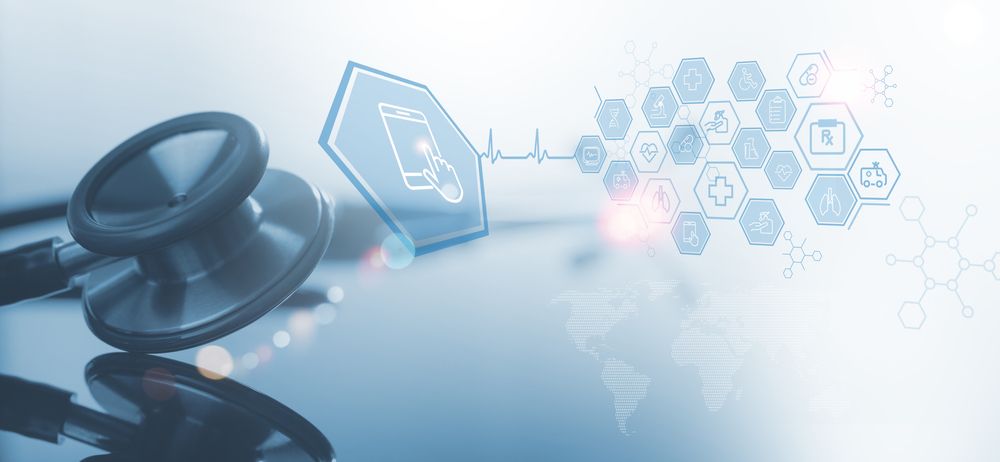At Ascenth, situated in Lancaster, SC, one key area of focus for us is the broad and diverse realm of medical devices. This guide provides insight into different types of medical devices, offering an understanding of their classification and use in modern healthcare.
Medical Devices: A Diverse Spectrum
Medical devices are as diverse as the healthcare field, encompassing a wide array of instruments, machines, implants, in vitro reagents, and software designed for various purposes. These purposes can be as straightforward as preventing diseases or as complex as diagnosing and treating complex medical conditions. Their applications range from commonplace household items to advanced hospital machinery, mirroring the expansive spectrum of healthcare needs.
Variety: From Simple to Sophisticated
The variety of medical devices is a testament to the broad spectrum of healthcare needs. These devices span the gamut from basic tools like bandages, used to protect minor wounds, and syringes, a fundamental instrument for injecting medication or drawing blood, to advanced technologies such as pacemakers, responsible for regulating heartbeats, and Magnetic Resonance Imaging (MRI) machines, which use strong magnetic fields and radio waves to create detailed images of the body’s internal structures. Even software apps designed to monitor vital health metrics or guide treatment plans fall into this category, reflecting the integration of digital technology into healthcare.
Use: Across Various Settings
Medical devices find use in various settings based on their design and intended purpose. Some devices are used in home settings—think glucose meters for monitoring blood sugar levels or home blood pressure monitors. Others are exclusive to clinical or laboratory environments, such as laboratory diagnostic machines or specialized surgical instruments. Hospitals often house some of the most advanced medical devices, including sophisticated imaging machines, life support systems, and a vast array of surgical and therapeutic equipment. This wide range of usage settings reflects the adaptability of medical devices to different environments and patient needs.
Role: Enhancing Health and Quality of Life
The primary role of medical devices is to enhance health and improve the quality of life. They accomplish this in various ways. Some devices, like vaccine syringes, play a preventive role, shielding individuals from multiple diseases. Others, such as diagnostic devices, are critical in identifying medical conditions early, allowing for timely intervention. Devices like surgical instruments or radiation therapy machines are crucial in treating various ailments. Then there are devices like prosthetic limbs or hearing aids, significantly improving the quality of life for individuals with certain conditions. Through these diverse roles, medical devices are pivotal in extending lifespans, improving health outcomes, and enhancing the overall quality of life for millions of people worldwide.
Classification of Medical Devices
The U.S. Food and Drug Administration (FDA) classifies medical devices into three classes (Class I, II, and III) based on their risk level.
- Class I Devices: These are low-risk devices like bandages and dental floss. They are subject to the least regulatory control.
- Class II Devices Include intermediate-risk devices like powered wheelchairs and infusion pumps. They require greater regulatory control to ensure safety and effectiveness.
- Class III Devices: These are high-risk devices like pacemakers and heart valves. They sustain or support life, are implanted, or present a potential risk of illness or injury.
Types of Medical Devices and Their Applications
Diagnostic Devices
Diagnostic devices are used to detect and diagnose diseases or other conditions. They include:
- Stethoscope: Used by healthcare providers to listen to the sounds made by the heart, lungs, and other organs.
- MRI Machine: Uses magnetic fields and radio waves to create detailed images of structures within the body.
- Glucose Meter: Used by individuals with diabetes to monitor their blood sugar levels.
Therapeutic Devices
Therapeutic devices are designed to treat specific health conditions or diseases. These devices include:
- Insulin Pump: Delivers insulin to individuals with diabetes, helping to control blood sugar levels.
- Pacemaker: Used to regulate the heartbeat in individuals with certain types of heart disease.
- Orthopedic Devices Include artificial joints, spinal implants, and other devices used to treat orthopedic conditions.
Assistive Devices
Assistive devices are used to help individuals perform a task that they might otherwise be unable to do. These include:
- Wheelchairs: Provide mobility to individuals who cannot walk or have difficulty walking.
- Hearing Aids: Help individuals with hearing loss to hear better.
- Prosthetics: Replace a missing body part, such as a limb, to improve function and/or appearance.
Monitoring Devices
Monitoring devices are used to monitor various health parameters over time. Examples include:
- Heart Rate Monitors: Used to continuously monitor a person’s heart rate, particularly during physical activity.
- Blood Pressure Monitor: Used to measure a person’s blood pressure at home.
- Holter Monitor: A portable device used to continuously monitor heart rhythms, usually over a period of 24 to 72 hours.
In the dynamic healthcare field, medical devices are an essential tool in disease prevention, diagnosis, treatment, and health monitoring. These devices span various complexities, risk levels, and uses. At Ascenth, we’re committed to helping businesses navigate the complexities of medical device regulation, offering expert guidance to support innovation and ensure compliance. With us, you can bring your medical devices from concept to market while remaining confident in your regulatory compliance. Our expertise is your asset as you enhance healthcare, transform lives, and create a healthier future.
Sources:
- U.S. Food and Drug Administration. (2020). What is a Medical Device?
- U.S. Food and Drug Administration. (2020). Device Classification Panels.
- World Health Organization. (2020). Medical devices.



